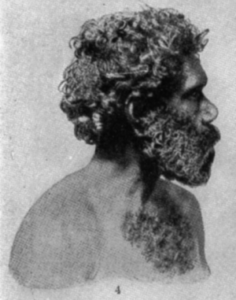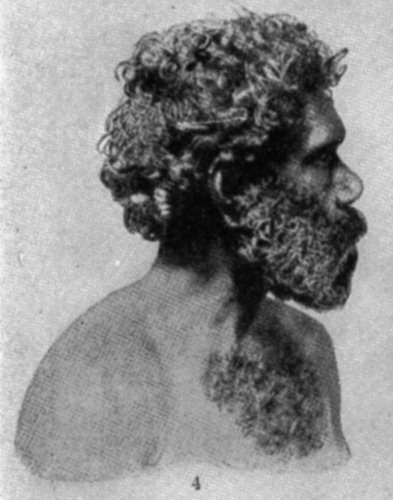
GRIFFITH UNIVERSITY—Griffith University researchers have found evidence that demonstrates Aboriginal people were the first to inhabit Australia, as reported in the prestigious Proceedings of the National Academy of Sciences journal this week.
The work refutes an earlier landmark study that claimed to recover DNA sequences from the oldest known Australian, Mungo Man.
This earlier study was interpreted as evidence that Aboriginal people were not the first Australians, and that Mungo Man represented an extinct lineage of modern humans that occupied the continent before Aboriginal Australians.
Scientists from Griffith University’s Research Centre for Human Evolution (RCHE), recently used new DNA sequencing methods to re-analyse the remains of Mungo Man from the World Heritage listed landscape of the Willandra Lakes region, in far western New South Wales.
Professor Lambert, from RCHE, said it was clear that incorrect conclusions had been drawn in relation to Mungo Man in the original study.
“The sample from Mungo Man which we retested contained sequences from five different European people suggesting that these all represent contamination,” he said.
“At the same time we re-analysed more than 20 of the other ancient people from Willandra. We were successful in recovering the genomic sequence of one of the early inhabitants of Lake Mungo, a man buried very close to the location where Mungo Man was originally interred.
“By going back and reanalysing the samples with more advanced technology, we have found compelling support for the argument that Aboriginal Australians were the first inhabitants of Australia.”
Professor Lambert explained that the results proved that the more advanced genomic technology was capable of unlocking further secrets from Australia’s human past.
“We now know that meaningful genetic information can be recovered from ancient Aboriginal Australian remains,” he said.
“This represents the first time researchers have recovered an ancient mitochondrial genome sequence from an Aboriginal person who lived before the arrival of the Europeans.”
_____________________________________
South Australian, Moroya Tribe. Wikimedia Commons
_________________________________________________
The research, which has just been published in the prestigious Proceedings of the National Academy of Sciences journal, was planned and conducted with the support of the Barkindjii, Ngiyampaa and Muthi Muthi indigenous people.
There has been considerable debate in Australia and around the world about the origins of the first Australians since the publication in 1863 of Thomas Henry Huxley’s Man’s Place in Nature.
Source: Griffith University news release.
___________________________________________________________
______________________________________________________

______________________________________________
Travel and learn with Far Horizons.
____________________________________________
This richly illustrated issue includes the following stories: Recent findings shedding new light on the whereabouts of the remains of Philip of Macedon, father of Alexander the Great; how an archaeologist-sculptor is bringing bones of the dead back to life; archaeologists uncovering town life at the dawn of civilization; an exclusive interview with internationally acclaimed archaeologist James M. Adovasio about what makes the Meadowcroft Rockshelter prominent in the ongoing search for the first Americans; what archaeologists are finding at the site of the ancient city of Gath, the home town of the biblical Philistine giant, Goliath; and how scientists are redrawing the picture of human evolution in Europe. Find it on Amazon.com.








